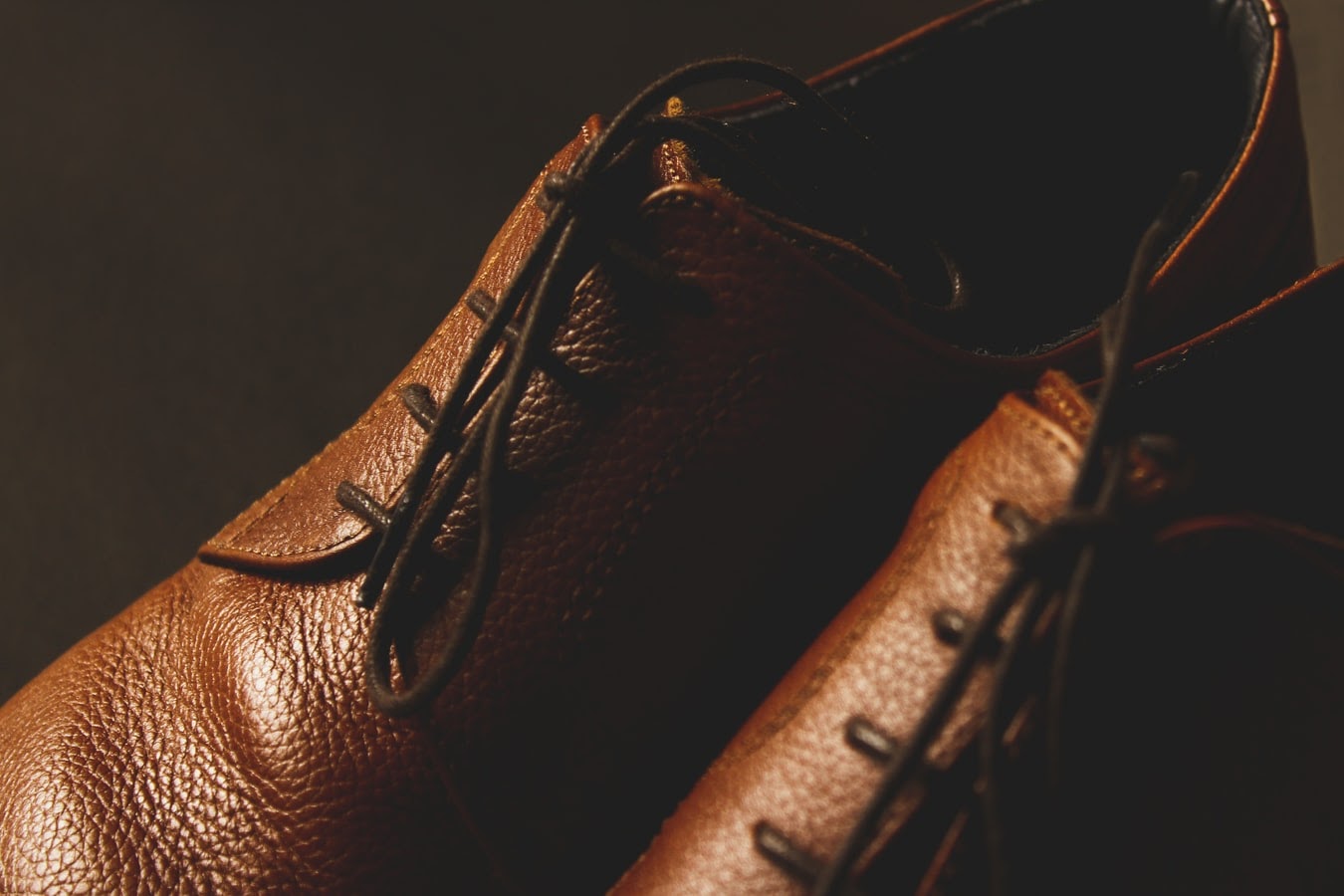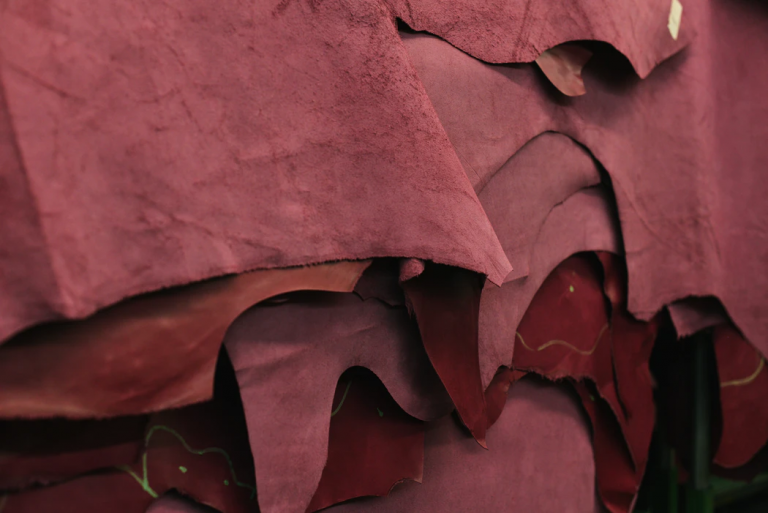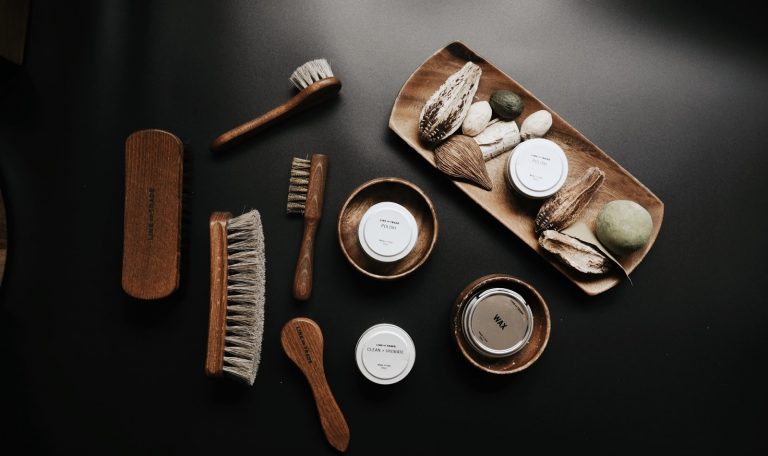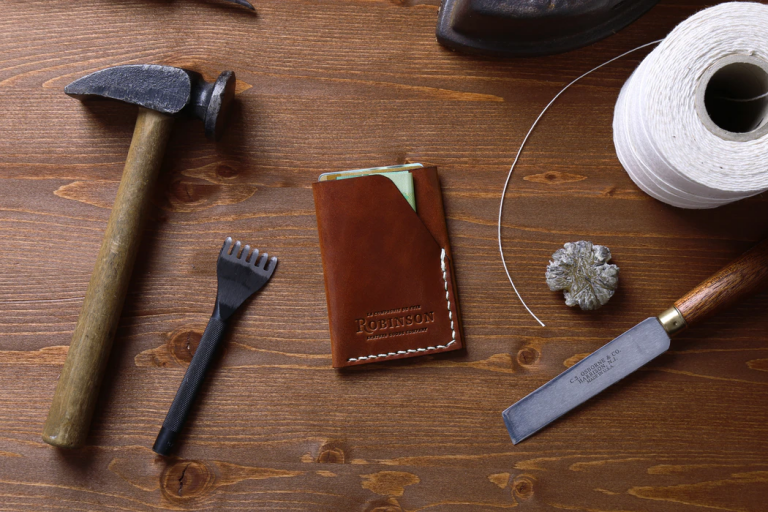
Have you ever looked at a pair of dress shoes and wondered if it is made of real or faux leather? Perhaps you are aspiring to start your own leather footwear business. Or perhaps production requires you to procure genuine full-grain cowhide for the latest collection, yet differentiating between what’s faux and bona fide can sometimes be confusing or intimidating.
In the world of luxury, genuine leather is the hallmark of quality, yet the demand for faux leather is gradually rising.
With varying terms and grades such as full-grain, top-grain, split and genuine leather, mastering the craft of leather prospecting can be daunting.
So, how do we differentiate between real and faux leather?
Read on to find out!
Real Leather

When we think about real leather, we generally think of the more well-known skins from cows, alligators and snakes. Each piece of leather is unique in its prints and texture, after all, skins vary from animal to animal.
Every animal hide is used for different purposes – for example, snakeskin is generally used for fashion pieces such as wallets, shoes and bags while furniture is mostly made from cattle hides.
Animal hides require intricate steps to process and care for since they can be weathered away due to cracks, dryness and stains. For example, snakeskin products are recommended to be treated twice or thrice a year, kept away from hot temperatures and moist environments.
Without proper care, genuine leather can be vulnerable to drying and cracking due to heat, or water damage if met with excess moisture. This is why leather care is an essential skill that every expert should know.
Leather grades
Cowhides are commonly used for many leather products because of their thickness, which is divided into three separate layers: The grain, junction and split.
Grain
The grain refers to the exterior part of the skin, which is the toughest layer, generally considered to be the best part of a hide.
Junction
The junction is the layer in the middle between the grain and split. Compared to the grain it has a weaker structure, hence, lower quality.
Split
The innermost part of a hide is the split which is the weakest layer due to its looser fibres.
Exotic Leather
Certain animals face the threat of extinction due to the demand for their exotic skin. To counter this phenomenon, there have been efforts to protect species that are endangered or at risk.
Such conservation efforts have shown a certain degree of success. One of these efforts is spearheaded by the regulation or banning of international trades under the Convention on International Trade in Endangered Species of Wild Fauna and Flora (CITES). Saltwater crocodiles managed to escape from the brink of extinction thanks to hunting bans.

How to care for your leather goods
In order to keep your leather healthy and long-lasting, it is necessary to follow these important rules:
Moisturise regularly
As mentioned before, leathers are prone to cracking and dryness, which is why it is extremely vital to moisturise them by using a conditioner or conditioning cream quarterly.
Polishing
A common practice to take care of leather is by polishing them; this ensures that products such as shoes or bags maintain a shiny exterior.
Consistent cleaning
For weekly care, you can use a damp cloth to wipe down your product to get rid of dust and grime, and for leather such as suede that cannot stand water, use a wire brush to wipe off the muck.
For those serious about mastering the art of leather care, feel free to check out our online fashion course on leather care essentials.
Faux Leather
Faux leather is mainly a plastic-based substitution for leather, although, in recent years, there are more sources from natural fibres as cork and cactus. Compared to real leather, it is a much cheaper substitute and requires less effort in maintenance.
As a synthetic material, faux leather can endure harsh chemicals which is why it is easy to wash and preserve. Faux leather is manufactured in masses and the production is of a much simpler process using chemicals, generally bonding the plastic coating to a fabric backing.
As it is artificially created, every faux leather is uniform in its appearance without the “flaws” found in natural leather, which is why it is much cheaper than real leather. It is also popularly known to be an animal-friendly alternative as it does not use animal hides which is why it is favoured by the vegan community.
Real Leather vs Faux Leather - What is the difference
Although sometimes real leather and faux leather can be hard to differentiate, it varies in terms of cost, durability and other factors. Due to the differing costs and aftercare, it is therefore important to tell the difference between the two.
The rundown
Compared to real leather, faux leather is cheaper and requires lesser maintenance. However, a major contradiction would be the damage to the environment due to the usage of polyurethane and/ or polyvinyl chloride.
The reason why real leather tends to be more pricey is due to the delicate process of turning rawhide into usable leather. Considering it is made by animal hide, it needs more attention to the aftercare for the product as compared to faux leather. Real leather, if neglected, will be susceptible to drying out, mould and oxidation.
In terms of durability, although faux leather is cheaper and easier to maintain, a huge issue with them is that it does not age well and due to the lack of elasticity, it is prone to tear or puncture much easily. It is also not as breathable compared to real leather due to its artificial pores – which means that moisture and substance, which are detrimental to leather, can remain on the product, causing rot and deterioration. On the other hand, real leather tends to last longer and is much more resistant to cracks with the right care, with the disadvantage of oxidising because it is all-natural.
Why is it important to differentiate real leather vs faux leather?

Maintenance
Real and faux leather have different price points, texture and aftercare, and you do not want to mix them up! For example, using a substance meant for faux leather may cause damage to genuine leather surfaces.
Price
You may be paying for the product for more than its worth, so make sure you are able to identify them! From a business perspective, this could mean making fewer profits stemming from erroneous procurement.
Real leather vs faux leather - How to tell the differences?
By understanding their differences, you can effectively identify them when searching for leather that is suitable for production. Before making a purchase decision, here are a few techniques you can utilise to tell faux and real leather apart.
Pores
One way to assess is to observe the pores on the leather, faux leather generally has uniform pore patterns while asymmetrical pore patterns most likely indicate that the leather is real.
Texture
Faux leather would feel more consistent with a smoother texture while real leather feels rougher and uneven.
Smell
You can also tell the difference by smelling the product, an ‘earthy’ distinctive smell would signify genuine leather! While on the other hand, if the leather smells like a new car, it is probably faux leather.
Edges
Real leather would also be rougher around the edges as opposed to its faux counterpart.
Conclusion
Leather is a prominent material used for plenty of goods for its sleek and luxurious aesthetic. The essence of leather and its technique for crafting and preserving is a complex yet elegant art that can take a significant period of time to master.
At Fashive, we have a variety of courses that facilitate fashion professionals in learning the art of leather. Courses such as Leather Essentials for Fashion Professionals demonstrate the process of leather making from start to finish.
Leather Care 101 equips you with the best expertise to care for your leather goods. There is even a free course for beginners who would like to explore the Fundamentals of Footwear Construction where you will learn various construction techniques required in producing quality footwear.
There are courses for everyone, regardless of whether you are a professional or a fashion enthusiast. Click here to explore our latest courses in fashion.
Related Courses
Footwear Sketching-Advanced
- 12 hours
- Intermediate
- English
Footwear Sketching-Basic
- 12-15 hours
- Beginner
- English
Fundamentals of Footwear Construction
- 4 hours
- Beginner
- English




1 Comment
Leather is a widely used material for products ranging from jackets to furniture. The two main types of leather, real and faux, have distinct differences that are important for consumers to take into account before making a purchase. Real leather is often the more expensive choice but it has the greatest potential to last. Meanwhile, faux leather is a budget-friendly option and performs adequately in terms of durability. It ultimately comes down to personal preference and budget when deciding between real or faux leather.